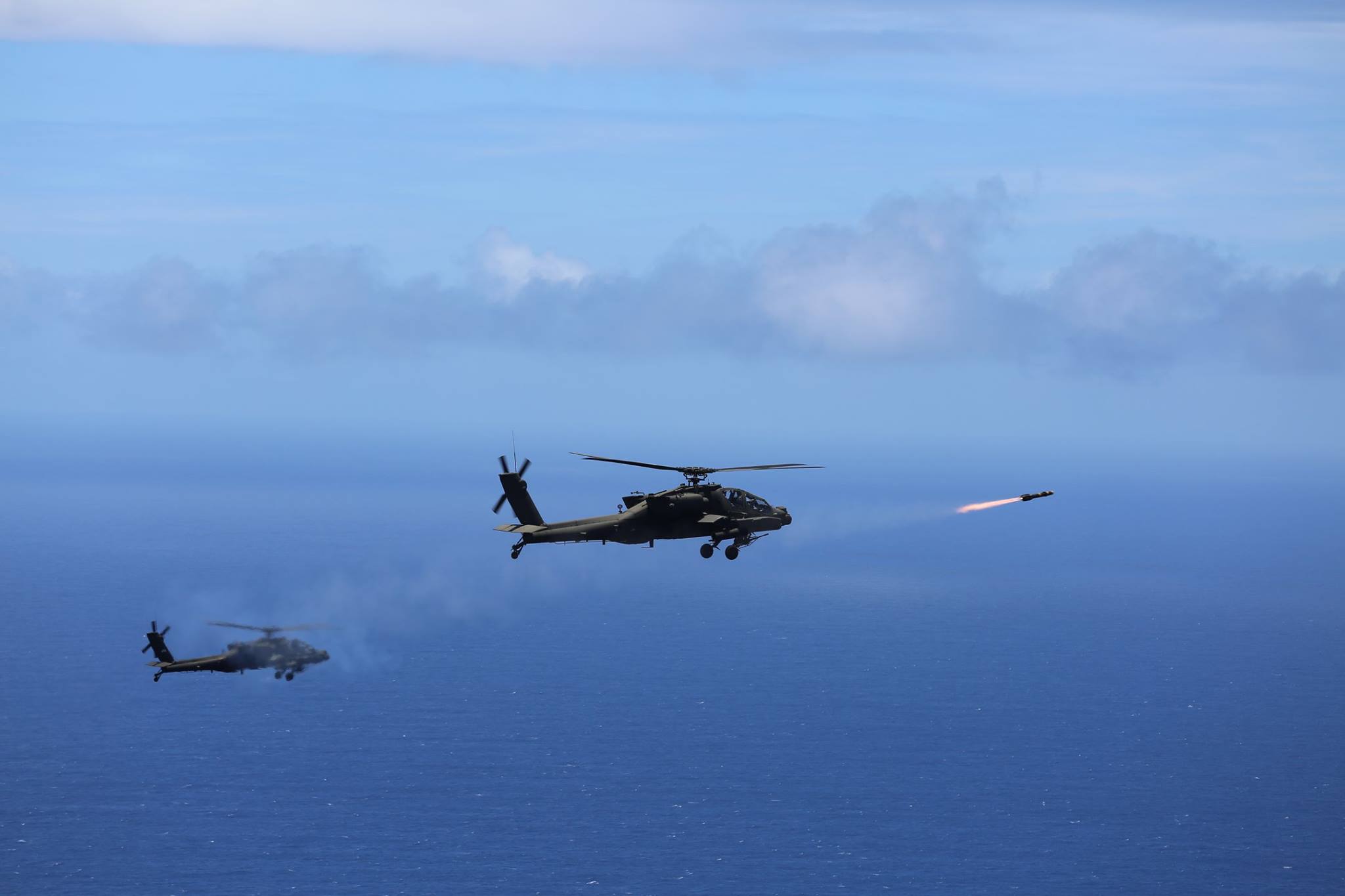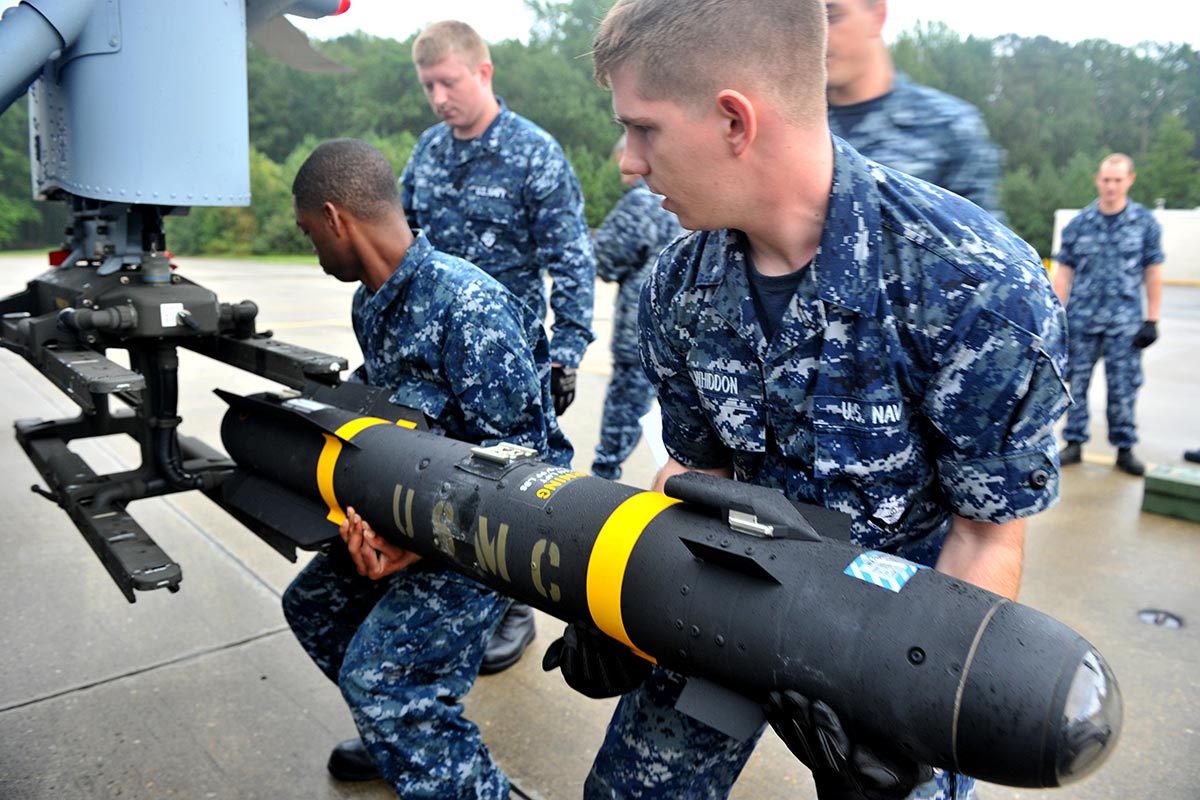The US State Department has given preliminary approval for the sale of Hellfire missiles worth $108 million and related support to the Australian government, the Defense Security Cooperation Agency (DSCA) said in a press release.
“The State Department has made a determination approving a possible Foreign Military Sale to the Government of Australia of Hellfire AGM-114R2 Missiles and related equipment for an estimated cost of $108 million. The Defense Security Cooperation Agency delivered the required certification notifying Congress of this possible sale today,” the DSCA said on December 20.
The Australian government had sought to buy up to 800 Hellfire air-to-surface, anti-armor missiles, the DSCA said.

The proposed sale will support US foreign policy and national security objectives, the DSCA said. It is vital to US national interest to assist Australia in developing a strong and ready self-defense capability as one of America’s “most important allies” in the Western Pacific, the DSCA added.
The principal contractor for the deal will be Lockheed Martin, and no adverse impact on US defense readiness will occur as a result of the sale, according to the DSCA.
AGM-114 Hellfire
The AGM-114 Hellfire is an air-to-ground (sometimes air-to-air) missile designed especially for the anti-armor role. It is capable of hitting armored vehicles including tanks, bunkers, radar systems and antennae, communications infrastructure, soft targets, and hovering helicopters.
The development of the AGM-114 Hellfire began in 1972 to meet the US Army’s need for a helicopter-launched anti-tank missile to combat Soviet armor formations.
In the event of a military confrontation in Europe, Soviet armor tanks far outnumbered NATO’s, posing a significant danger. In 1978, the US Marine Corps made a similar request and joined the Hellfire development program.

The missile was initially designated HELFIRE (Heliborne, Laser, Fire and Forget Missile). The official name of the US Army was eventually changed to ‘Hellfire’. Hellfire’s capabilities have increased over time, allowing it to take on a wider range of targets, as well as countermeasures and obscurants, and thereby improving overall mission performance.
In the early 1990s, the US Army developed the AGM-114F to counter improved tank defenses. When an antitank missile hits these defensive measures, they explode, dispersing the fatal charge intended to breach the tank.
The AGM-114F was the first Hellfire missile to include a tandem warhead, consisting of two charges: one to set off the reactive armor and the other to punch through the tank.

In the 1990s, the United States developed AGM-114K, the first of the “Hellfire II” systems. It had significant improvements over earlier models, including increased lethality and improved performance in countermeasure or veiled environments.
The new upgrades included a new digital autopilot, a larger warhead, an improved seeker, and reprogrammable software utilized to select different attack patterns in which to approach and strike its target. The “K” variant was also the first Hellfire to re-engage its target after losing its laser lock.
In the late 2000s, the AGM-114R “Romeo” Hellfire II was developed to include the numerous mission sets of previous Hellfire versions. The US Army began producing the AGM-114R in 2010. It can be used against soft, hard, or enclosed targets. The Romeo variant combined the capabilities of all prior Hellfire missile variations.
It can be launched from higher altitudes than early versions, and its unique multi-purpose warhead can kill a target with a single shot. The Romeo variant has a range of 8,000 meters, Utilizing semi-active laser homing. It weighs 108 lb, has subsonic speed, and its length is 5 ft. 11 inches.
AGM-114 #Hellfire missiles from @25thCAB #Apache helicopters fire on the decommissioned #frigate USS #Crommelin pic.twitter.com/lG9fnNUeZH
— U.S. Indo-Pacific Command (@INDOPACOM) July 26, 2016
The AGM-114L, also known as Hellfire Longbow, is a precision strike missile using Millimeter Wave (MMW) radar guidance. It also has the same anti-armor warhead and can operate in adverse weather and provides beyond-line-of-sight, fire-and-forget capability. Moreover, it can engage with both moving and stationary targets.
Future Plans
The AGM-114L Longbow has been tested by the US Navy aboard its Littoral Combat Ship (LCS) since 2014. The Hellfire’s main role would be to protect against swarm attacks involving small boats.
The LCS’s Surface-to-Surface Mission Module (SSMM) vertical launch tubes can accommodate 24 Hellfire missiles. The Army and Marine Corps planned to replace the Hellfire with the AGM-169 Joint Common Missile (JCM), which was first developed in 1999.
However, due to budget cuts owing to the operations in Iraq, the Pentagon halted the program in June 2007. The Hellfire is now planned to be phased out in favor of the AGM-179 Joint Air-to-Ground Missile (JAGM), which began testing in 2012 and saw its first live-fire test in FY 2017.

The AGM-114 “Longbow” and “Romeo” are the most widely used missiles by the US because of their guidance and multi-mission capabilities. These variants, as well as the earlier AGM-114K, appear to be in use by foreign nations as well.
The US exports AGM-114 Hellfire Missiles to roughly 30 allied countries, including Australia, Croatia, Egypt, France, Greece, India, Indonesia, Iraq, Israel, Italy, Jordan, Japan, Kuwait, Turkey, United Arab Emirates, the United Kingdom among others.
- Contact the author at ashishmichel@gmail.com
- Follow EurAsian Times on Google News




